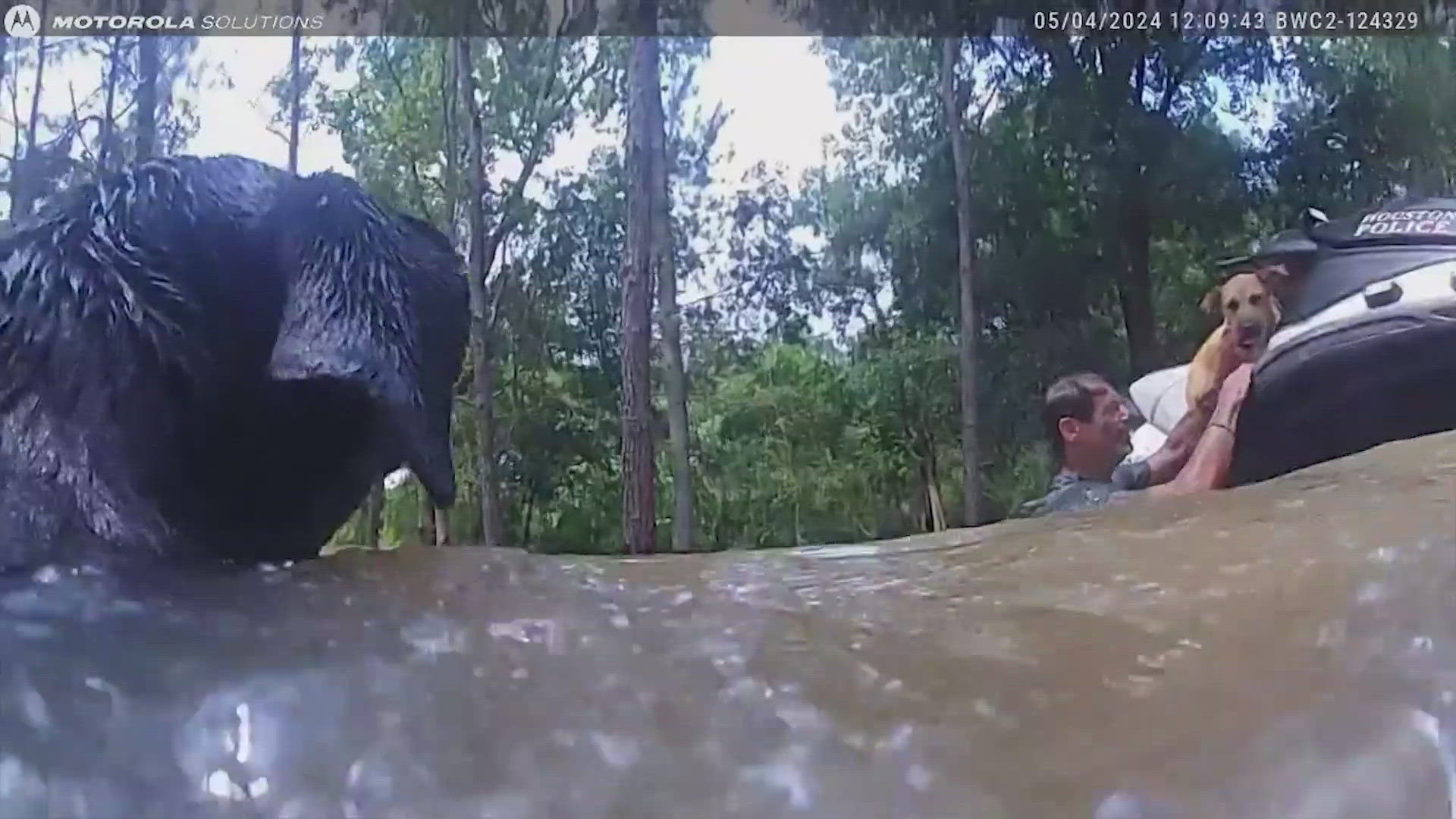ANCHORAGE, Alaska -- Maree Shogren knows firsthand the toxic power of a volcano, so don't blame her for being a little freaked out about the expected eruption of Alaska's Mount Redoubt.
The Anchorage woman vividly recalls the 1992 eruption of Mount Spurr, how its ash got into her car's electrical system, destroying the vehicle. The volcano 80 miles to the west spewed a huge black cloud over Alaska's largest city. It turned the bright day into night, raining abrasive gray ash that blanketed everything in eerie silence. The fine, gritty layer covered the soles of Shogren's shoes.
"I thought it was kind of apocalyptic, like it was the end of the world," said Shogren, who nervously anticipates a similar experience from Redoubt, 100 miles southwest.
Geologists at the Alaska Volcano Center said Monday they would expect a smaller mess in Anchorage from Redoubt-and no worse an ashfall in smaller, closer communities-unless an eruption is larger than expected.
The volcano has shown no escalation of tremors for two days, exhibiting a "waxing and waning of activity," but scientists still believe an explosion is more a matter of when than if, according to geologist Tina Neal.
Seismicity remains far above normal and steam continues to rise from the mountain. There are other telltale signs noted in a weekend flyover, including the discharge of volcanic gas and a hole in a glacier that doubled in size since Friday, spanning the length of two football fields on the north side of the volcano.
Geologists are monitoring Redoubt round the clock.
"The volcano is still displaying quite a bit of restlessness,"< /p>
Neal said.
The Federal Aviation Administration has issued a temporary flight restriction for a 10-mile radius around Redoubt, from ground level to 60,000 feet, said Mike Fergus, an agency spokesman.
The volcano last blew in 1990, piling ash as deep as one-fifth of an inch in closer communities, but only slightly darkening the snow in Anchorage.
Geologist Chris Waythomas said Anchorage was untouched by a 1989 explosion. But that eruption sent ash 150 miles away into the path of a KLM flight carrying 231 passengers, flaming out its four engines. Pilots ultimately restarted the engines and landed safely.
But even a small amount of ash goes a long way. The Spurr ashfall in Anchorage did a lot of damage to cars. Shogren sold her ruined car for spare parts and this time she has stocked up on air filters and a tarp for her current vehicle, as have many other residents of Alaska's southcentral region. She's also stocked up on face masks, bottled water and canned goods so she can hole up inside if necessary.
"I'm thinking that if Redoubt did blow, I would just take a cab everywhere I needed to go," she said. "I wouldn't want to risk my car again."
Cars are extremely vulnerable to ash, said Mike Feeney, a longtime Anchorage mechanic. The ash is like sandpaper and can scratch up car paint and windshields. It also works swiftly through air filters, so Feeney recommends placing pantyhose in front of the vehicle's air intake system.
In the Spurr eruption, Feeney's repair shop worked on a lot of cars damaged by ash.
"Cars were coming in running just bad, plugged up air filters," he said. "Some people even pulled the air filter out trying to get from point A to point B. Ash can be a slow death to some older cars, destroying the engine so it's not worth fixing."
Breathing in volcanic ash feels heavy on the lungs and throat, and it lingers for months in backyards and roads. It finds its way into homes and offices, so many people also plan to cover computers with plastic and block off doors and windows with wet, rolled up towels.
One pleasant surprise for many after Spurr was the fertilizing effect ash had on lawns and gardens all over town. Feeney liked it so much he bagged the stuff and used it each summer for almost a decade.
"The soil loves it," he said.

